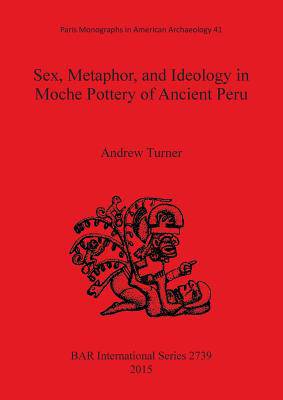
- Afhalen na 1 uur in een winkel met voorraad
- Gratis thuislevering in België vanaf € 30
- Ruim aanbod met 7 miljoen producten
- Afhalen na 1 uur in een winkel met voorraad
- Gratis thuislevering in België vanaf € 30
- Ruim aanbod met 7 miljoen producten
Omschrijving
The Moche art style is best known through its highly refined ceramic vessels, which frequently accompanied burials. Estimates suggest that there are over 100,000 Moche vessels in museum and private collections worldwide (Donnan 1976: 13). The vessels, often decorated in a strongly pictorial style uncharacteristic of art of the Central Andean region, offer modern viewers tantalizing glimpses of Moche worldview. The highly consistent and formalized iconography on Moche vessels has been the topic of numerous studies, beginning around the middle of the last century, which have shed light on important aspects of Moche society such as mythology, social organization and ceremonialism. A particularly confounding subset of Moche ceramics portrays figures, including deities, skeletal beings, humans and animals, engaged in sexual acts. While such vessels inevitably arouse the interest of modern museum visitors, to date, relatively few scholarly studies have investigated the emic meanings of Moche sexual vessels and the artistic intent behind their creation. This study focuses on portrayals of an often-depicted Moche deity who, in this instance, copulates with a woman figure and argues that such images drew upon widespread beliefs concerning the functions of a vital cosmos to make potent ideological claims of legitimacy in a richly metaphorical visual landscape.
Specificaties
Betrokkenen
- Auteur(s):
- Uitgeverij:
Inhoud
- Aantal bladzijden:
- 90
- Taal:
- Engels
- Reeks:
- Reeksnummer:
- nr. 2739
Eigenschappen
- Productcode (EAN):
- 9781407313986
- Verschijningsdatum:
- 30/07/2015
- Uitvoering:
- Paperback
- Formaat:
- Trade paperback (VS)
- Afmetingen:
- 210 mm x 297 mm
- Gewicht:
- 317 g

Alleen bij Standaard Boekhandel
Beoordelingen
We publiceren alleen reviews die voldoen aan de voorwaarden voor reviews. Bekijk onze voorwaarden voor reviews.











